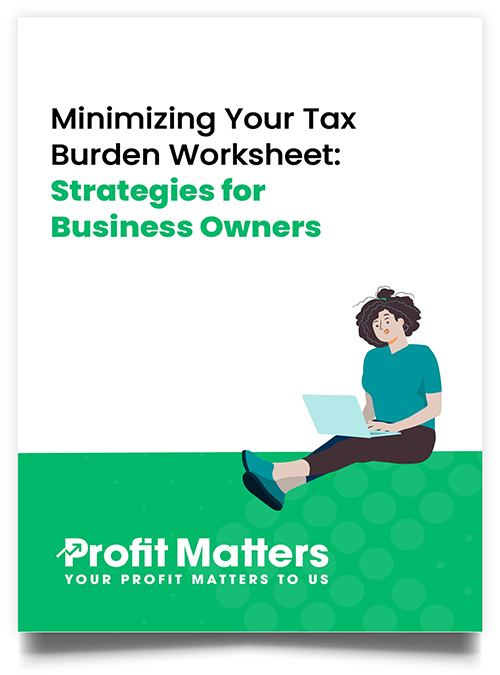Whether you outsource your accounting/bookkeeping or not, you still need to understand the basics about financial statements due to the magnitude of what is contained therein.
Receiving an income statement from your accountant or bookkeeper informing you that you made a profit of $10,000 in 2018 isn’t enough; you need to be able to wrap your head around everything that came to play for you to earn such a profit. When you’re able to read and interpret your financial statements, you can establish a clear path of boosting your profits.
While you may not need to know as much as an accountant does, you should be able to have a basic understanding of the financial statements – Income Statement, Statement of Retained Earnings, Balance Sheet, and Cash Flow Statement.
The Income Statement
The Income Statement, sometimes referred to as the Profit and Loss Statement is a financial document used to measure the profitability of a business over a period of time say one year. The statement is made up of revenue (sales) and all other incomes, expenses including taxes, and the net profit after all deductions have been made.
If, for instance, you made sales totaling to $100,000 in 2018 while expenses and other deductions amounted to $40,000, your Income Statement should report a profit of $60,000 which is the Net Profit after all expenses.
Profit and Loss Statements are not limited to a duration of one year; you can have daily, weekly, monthly, or quarterly Income Statements. However, for your annual returns, you’ll need to have a full year’s Income Statement for you to file your tax returns.
Statement of Retained Earnings
This is yet another statement that businesses will typically prepare upon establishing a profit or loss for the period. The Statement of Retained Earnings records all the amounts you set either for distribution as dividends or for growth and development.
The total earnings figure from this statement is transferred and recorded in the Balance Sheet as part of the Equity or owners’ capital.
The Balance Sheet
This financial document is made up of your total assets and equity and liabilities. The assets are what you own while the liabilities reflect what you owe. A proper Balance Sheet will have the same balance for the two sections; equal assets and equal equity and liabilities balances.
The assets side contains items such as land and building, plant and equipment, motor vehicle, computers, debtors, bank and cash balances, and so on. The equity and liabilities section includes amounts relating to your capital or shareholders’ funds, retained profits, loans, creditors, among other liabilities.
Be sure to look through all the figures in your Balance Sheets including your closing bank balance, your assets valuations, as well as the liabilities reported at the end of the year. You want to make sure that the balances reflect a true and fair view of your business.
The Statement of Cash Flows
A Statement of Cash Flows will tell you whether your business is struggling due to lack of cash. Even if you registered a profit in your Incomes Statement, having a Statement of Cash Flows is equally important. The statement shows how cash was spent during two consecutive periods essentially on operating, investing, and financing activities.
The end balance in a Statement of Cash Flows reflects the Net Change in cash flows in your business for a given period of time. From the statement, you should be able to clearly see the cash position of your business.
Wrap It All Up
The order in which the statements above are listed is the exact one that should be used to prepare them. Information from the Income Statement (core financial statement) trickles to the Statement of Retained Earnings, then the Balance Sheet information comes from the equity, assets, and liabilities accounts, and lastly, the Statement of Cash Flows received information from all the first three.
We hope you’ve learned something about your business financials and as usual, you can drop us an inquiry in case you need our assistance. Alternatively, you can post your questions in the comment section below and we’ll get back to you as soon as possible.



